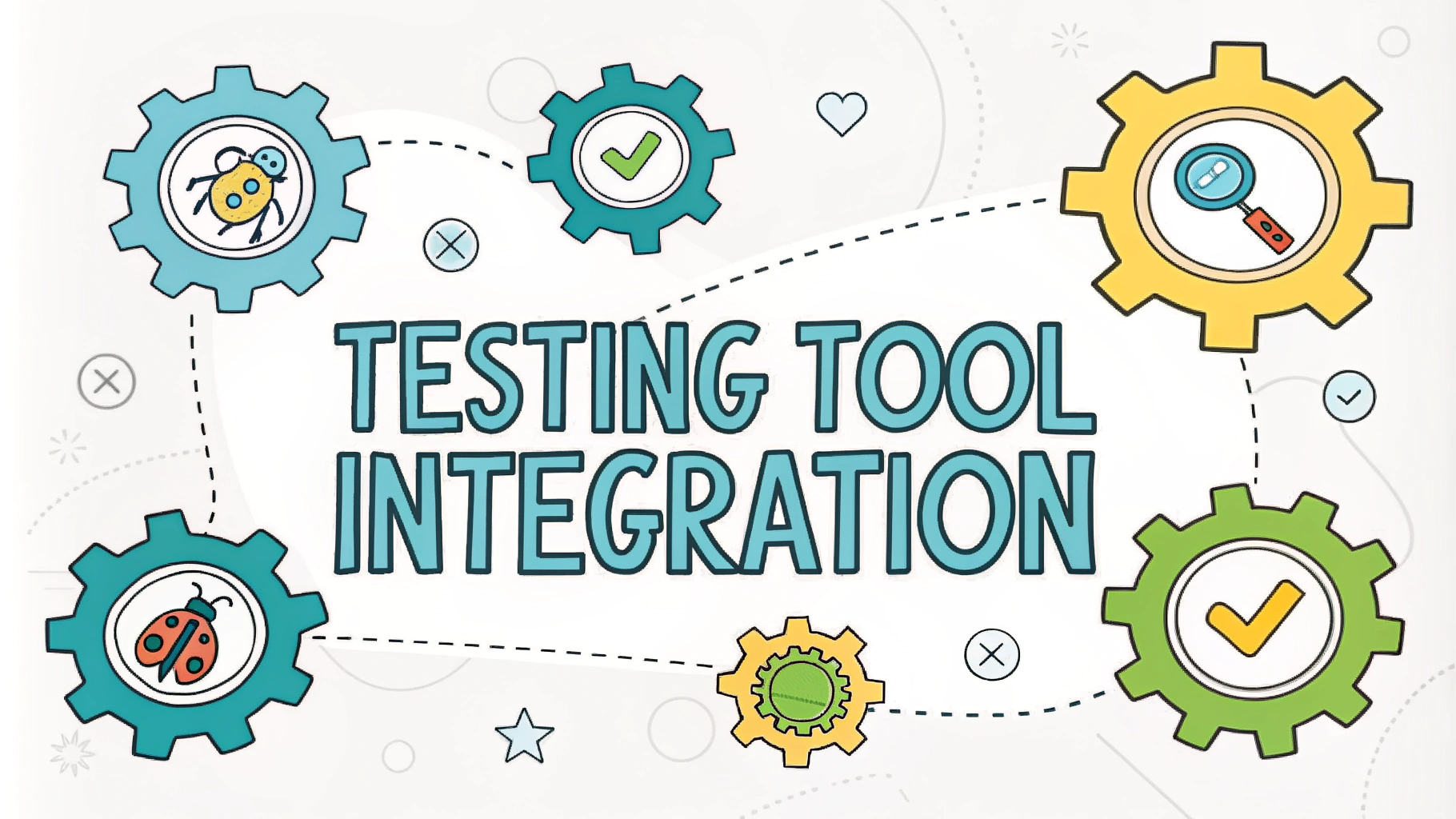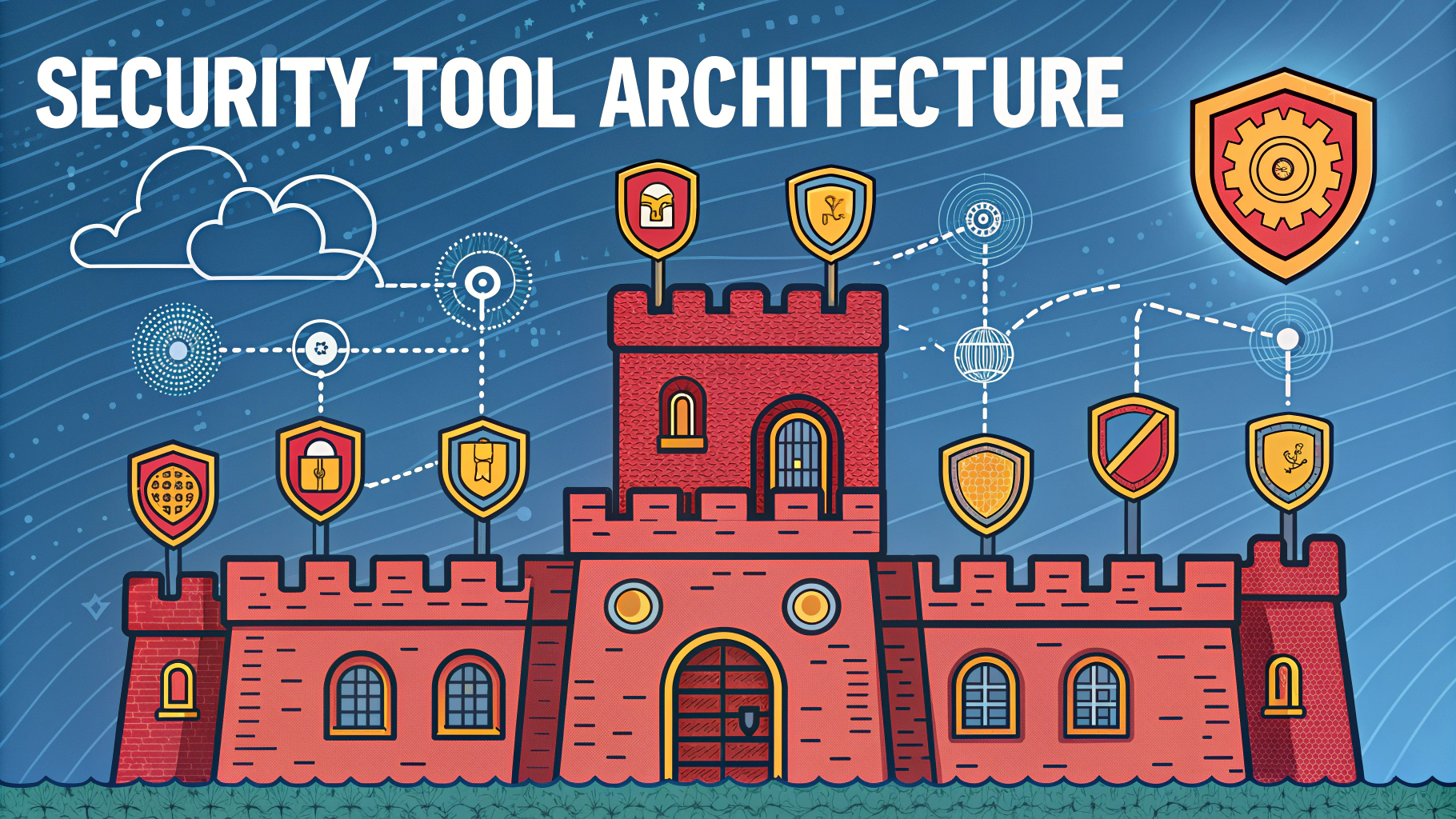Penetration testing, also known as pen testing, helps organizations identify and fix security vulnerabilities before malicious actors can exploit them.
Security teams use specialized tools and methodologies to simulate real-world cyberattacks against networks, applications, and systems to discover weak points.
This guide explains key penetration testing methods, tools, and best practices to help security professionals conduct effective assessments.
Common Penetration Testing Methods
- Black Box Testing – Testers have no prior knowledge of the target system
- White Box Testing – Complete system information is provided to testers
- Gray Box Testing – Testers receive partial system information
Key Testing Phases
- Planning & Reconnaissance – Gathering target information
- Scanning – Identifying vulnerabilities
- Gaining Access – Exploiting discovered weaknesses
- Maintaining Access – Testing persistence
- Analysis & Reporting – Documenting findings
Essential Penetration Testing Tools
- Nmap – Network discovery and security scanning
- Metasploit – Exploitation framework
- Wireshark – Network protocol analyzer
- Burp Suite – Web application security testing
- John the Ripper – Password cracking
Testing Techniques
Social engineering tests evaluate human vulnerabilities through phishing simulations and physical security assessments.
Network penetration tests check for misconfigurations, weak passwords, and unpatched systems.
Web application testing focuses on finding SQL injection, XSS, and other OWASP Top 10 vulnerabilities.
Best Practices
- Obtain proper authorization before testing
- Document all testing activities
- Use dedicated testing environments when possible
- Follow responsible disclosure procedures
- Maintain detailed logs of all actions
Legal Considerations
Testing must comply with laws like the Computer Fraud and Abuse Act (CFAA) in the United States.
Written permission from system owners is required before conducting tests.
Many countries have specific regulations governing penetration testing activities.
Advancing Your Skills
- Practice in legal environments like Hack The Box
- Earn certifications like CEH or OSCP
- Join security communities on platforms like r/netsec
- Participate in bug bounty programs
Taking Action
Start with basic tools like Nmap and Metasploit in a controlled lab environment.
Build a testing methodology based on industry standards like PTES or OSSTMM.
Connect with experienced pentesters through professional networks and security conferences.
Advanced Methodologies
Continuous security testing through automated tools helps maintain ongoing protection against emerging threats.
Red teaming exercises simulate advanced persistent threats (APTs) to test incident response capabilities.
Purple teaming combines offensive and defensive security teams for improved collaboration and results.
Reporting and Documentation
- Prioritize findings by risk level
- Include clear remediation steps
- Provide technical details for developers
- Create executive summaries for management
- Track vulnerability fixes over time
Emerging Technologies
AI-powered testing tools are automating vulnerability discovery and exploitation attempts.
Cloud-native testing approaches address unique challenges in containerized environments.
IoT security testing becomes crucial as connected devices proliferate.
Future Trends
- DevSecOps integration
- Automated exploit generation
- Machine learning-based vulnerability detection
- Blockchain security testing
Strengthening Security Posture
Regular penetration testing is essential for maintaining robust cybersecurity defenses.
Organizations must adapt testing strategies as threats evolve and new technologies emerge.
Combining technical expertise with proper methodologies ensures comprehensive security assessments that protect critical assets.
FAQs
- What is penetration testing and why is it important?
Penetration testing is a authorized simulated cyberattack against a computer system to evaluate its security. It’s important because it identifies vulnerabilities before malicious hackers can exploit them, helps maintain compliance, and protects sensitive data. - What are the main types of penetration testing?
The main types include external testing (testing from outside the network), internal testing (testing from within the network), blind testing (tester has limited information), double-blind testing (neither tester nor staff know about the test), and targeted testing (tester and staff work together). - What are the typical phases of a penetration test?
The phases include planning and reconnaissance, scanning, gaining access, maintaining access, and analysis and reporting. Each phase builds upon the previous one to create a comprehensive security assessment. - What tools are commonly used in penetration testing?
Common tools include Nmap for network scanning, Metasploit for exploitation, Wireshark for packet analysis, Burp Suite for web application testing, and John the Ripper for password cracking. - How often should organizations conduct penetration tests?
Organizations should conduct penetration tests at least annually, after significant infrastructure or application changes, after major upgrades or modifications to system components, and to maintain regulatory compliance. - What is the difference between vulnerability scanning and penetration testing?
Vulnerability scanning is automated and identifies known vulnerabilities, while penetration testing involves active exploitation of vulnerabilities and requires human expertise to simulate real-world attack scenarios. - What qualifications should a penetration tester have?
Professional penetration testers typically hold certifications such as CEH (Certified Ethical Hacker), OSCP (Offensive Security Certified Professional), or CREST certifications, along with extensive knowledge of networking, programming, and security concepts. - What should be included in a penetration testing report?
A penetration testing report should include an executive summary, methodology used, findings and vulnerabilities discovered, risk ratings, technical details of exploits, and detailed recommendations for remediation. - How do you determine the scope of a penetration test?
The scope is determined by identifying critical assets, systems to be tested, testing methods allowed, timing constraints, and establishing clear boundaries for the test while considering business objectives and compliance requirements. - What are the legal considerations for penetration testing?
Legal considerations include obtaining written authorization, ensuring compliance with local and international laws, maintaining confidentiality, and having proper contracts and non-disclosure agreements in place.







